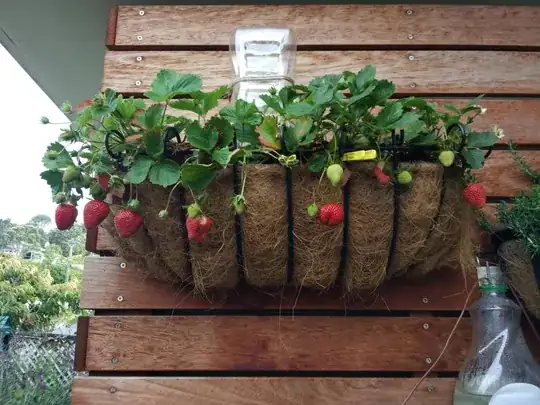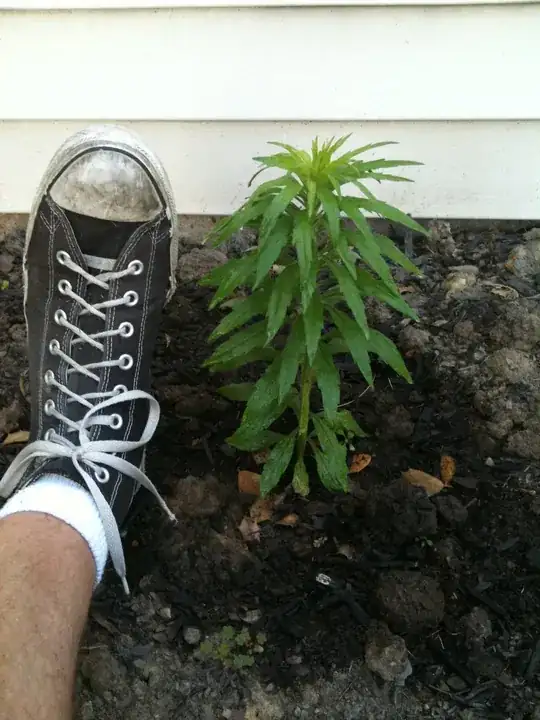Pros of rocks:
Disperses oxygen evenly to bottom of soil.
Air prunes roots evenly at the bottom.
Prevents a clog (sometimes fungal)
Cons of rocks:
Less space for roots
Are rocks necessary?
If soil can leak out, yes, otherwise it's about the medium. (e.g. in a bark based medium there's no point, but in a medium meant to stay on the soggy side- maybe.)
Perched water tables:
Blown out of proportion. Growing in a semi-transparent container, you can see that the capillary action of peat and coir overcomes the physics of PWTs until well past when the plant needs watering. If PWTs still concern you, though they shouldn't, you can leave a 1" diameter area with no rocks and it will act as a gravity wick.
Personally - mostly I use good terracotta (very porous) with just a single shard to prevent soil leaking.
In a decorative pot (glazed/no air passage) I recommend a handful of lava rocks at the bottom.
Standard trade gallon containers have angled drainage holes on the bottom now for oxygen intake - else they'd still just have the little nubs and holes on the bottom.
In the pictured container, ofc, they're not needed at all.


